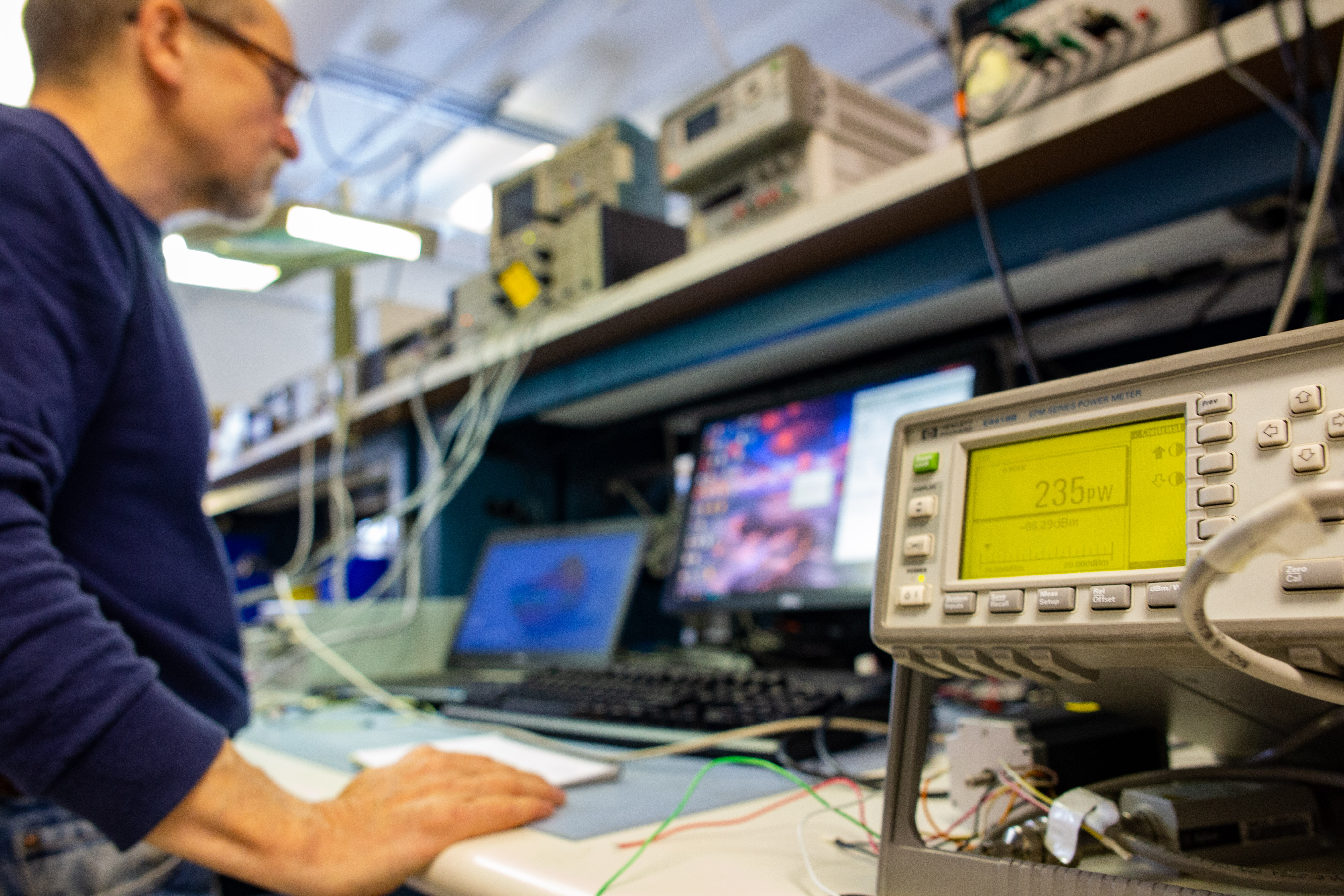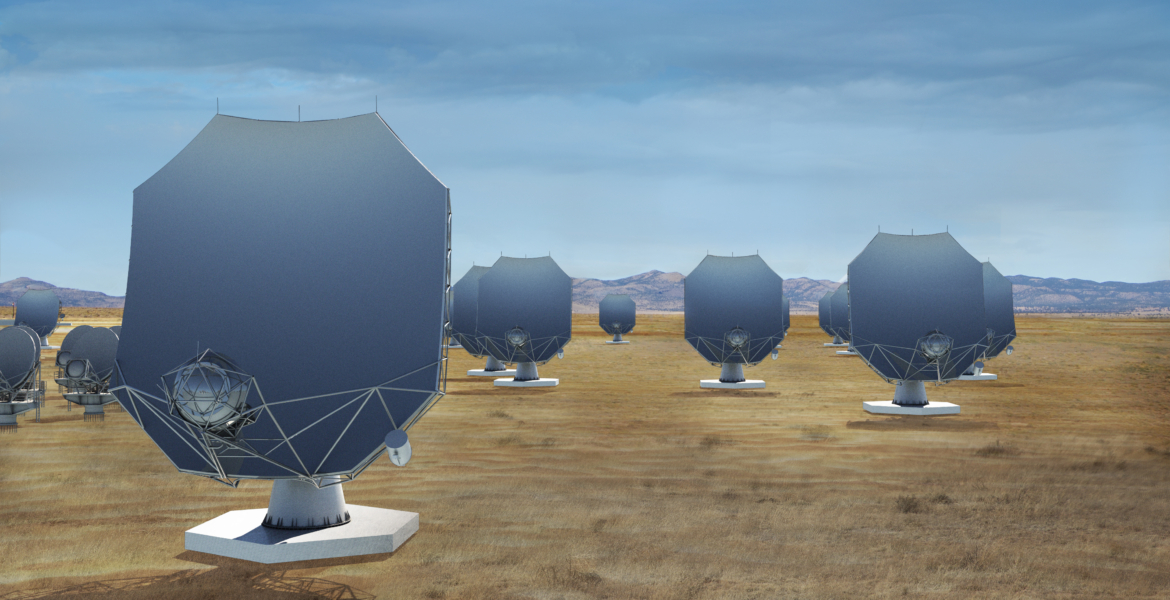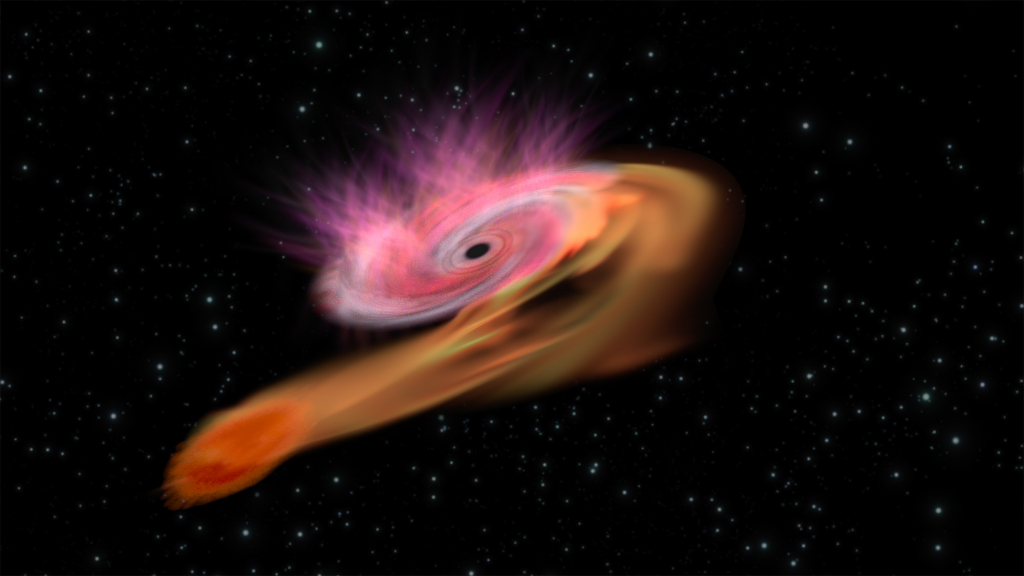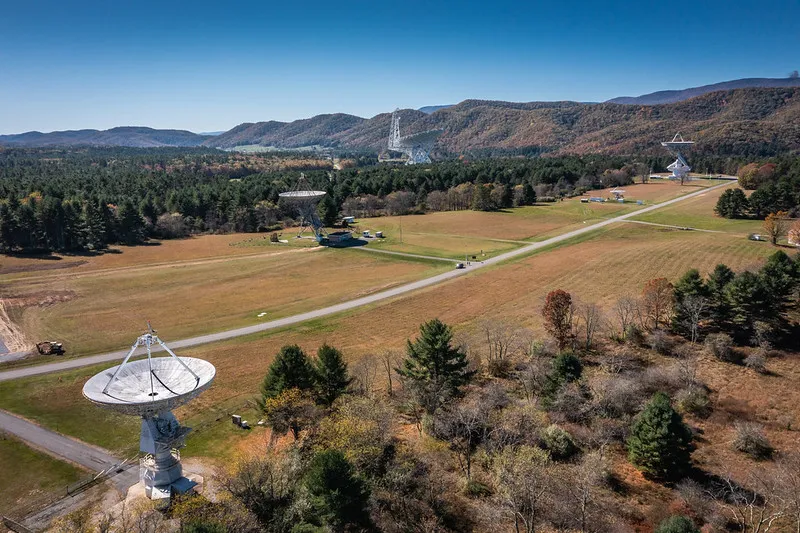The U.S. National Science Foundation National Radio Astronomy Observatory has announced a significant collaboration with the Bavarian State Government to construct a cutting-edge radio telescope atop Germany’s highest mountain. This radio telescope will use the design of the proposed NSF NRAO’s Next Generation Very Large Array (ngVLA).
We Make Scientific Breakthroughs Possible

The Infrastructure of Discovery Doesn’t Happen Overnight — We Can Help
We transform ideas into technologies, laboratories and policies that initiate, inform and inspire. For over seven decades, AUI has developed specialized expertise in science, engineering, technology and cyber security to enable greater impact. Uniquely positioned, we combine exceptional operations management with collaborative community engagement, drive innovation and affect lasting change within organizations.
Experts at Managing Complexity
We create an environment where innovation, imagination and people thrive. Even in the harshest desert terrain, discovery flourishes at ALMA Observatory, where AUI has led an international partnership with Europe, Canada, Japan, South Korea, Taiwan and Chile. The $1.4 billion project is a monumental achievement for space exploration and collaborations.
Recent News
NSF VLA Contributes Crucial Puzzle Piece to ‘Peculiar’ High Energy Transient
High-energy transient signals are most often determined to be gamma-ray burst events, but the recently-launched Einstein Probe has expanded astronomers’ ability to quickly respond to similar signals occurring at X-ray wavelengths. Now, a multi-wavelength study of EP240408a concludes that while many of the signal’s characteristics might lead to the conclusion that it is a gamma-ray burst, the non-detection at radio wavelengths precludes that possibility.
Students Contribute to New Understanding of ‘Twinkling’ Pulsars
The flexible observing setup of the Green Bank Observatory’s 20-meter telescope enabled frequent, long-duration observations of eight pulsars, spanning two and a half years for a student-driven study carried out by students in the Pulsar Science Collaboratory program.






